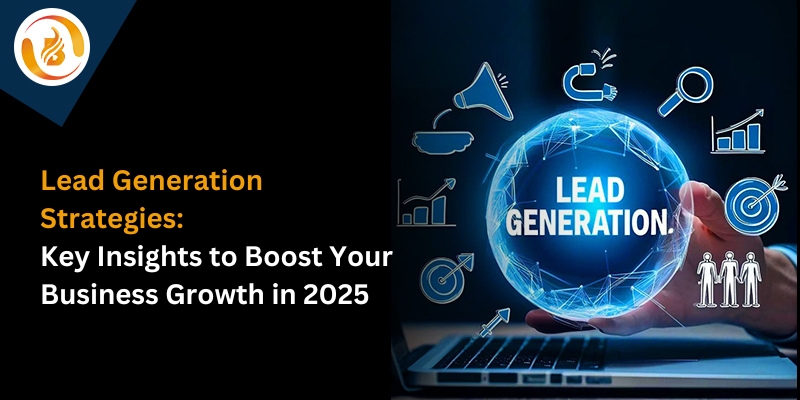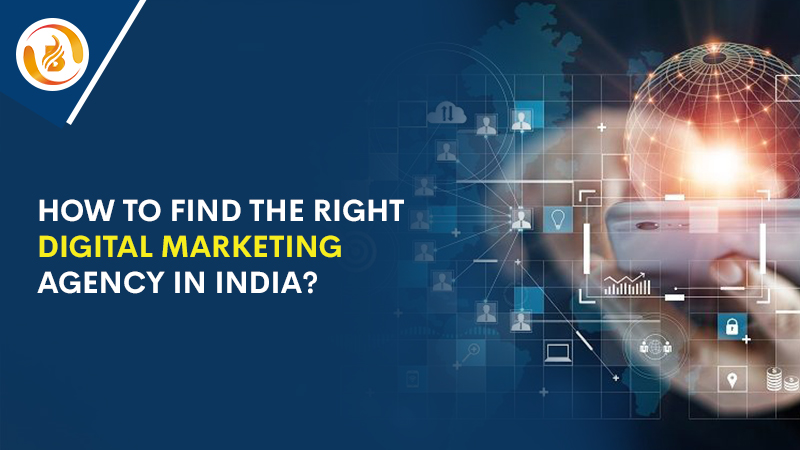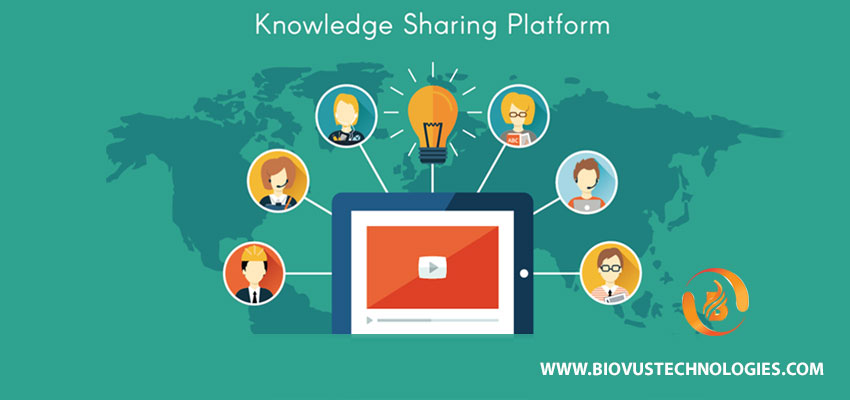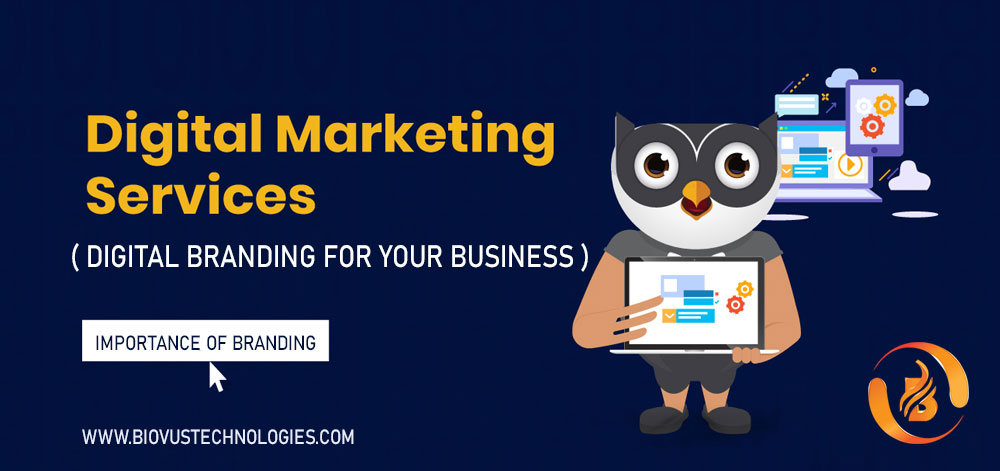Introduction
In today’s fast-paced world, lead generation is essential and is given a lot of thought by every small business and large-scale industry. Through lead-generation marketing strategies, Businesses can expand their B2B business and their products, exhibit their brand and services, and reach out to their targeted consumers.
Unlike traditional marketing, lead generation entails naturally positioning businesses’ brands and services with prospects.
The core process of lead generation is establishing a system that produces content, funnels traffic, and turns it into quality leads before passing them to your sales group.
This blog examines each stage of transforming more efficient and reputable lead-generation methodologies and techniques with easy-to-grasp descriptions and actionable procedures.
Whether you’re a beginner or a seasoned marketer trying to maximize your brand, you will find more valuable steps and simplified descriptions to boost your company’s quality of leads.
Let’s begin to know the ultimate strategies here!
What is lead generation?
Lead generation aims to convert customers’ interest in business products and services into sales. It aims to turn the interest of the targeted people into sales. A lead is a web form that captures the visitor’s contact details through a chatbot or social platform like LinkedIn (termed a “lead” session). These functionalities can turn the targeted visitor into a lead.
In the market, there are four types of leads, and it depends on their level of interest:
- Marketing qualified leads(MQL): These techniques have shown the targeting of people’s interests via marketing efforts like attending a webinar or live session, downloading a whitepaper, and filling out a contact form.
- Sales Qualified lead(SQL): The sales team reviews these leads and converts them to direct sales engagements. They usually firmly intend to purchase our products and services and often match ideal customers.
- Product Qualified Lead(PQL): These leads offer the targeted people a free trial or freemium version of the business. Using these features, they convert the audience with access to the freemium features to paying customers.
- Service Qualified Lead(SQL): These leads emerge through initial consultations or contact information from the company’s services and offerings.
What is the process of Lead generation, and how does it work?
Simply put, Lead generation captures and interests your target market’s attention, which can be converted into a sale through their information.
This would create leads for your businesses by collecting their data and gearing your sales toward those who belong to your buyer personas.
These are the basic steps towards developing good relationships with the prospective audience.
Lead generation is usually classified into two types:
▶️Inbound lead generation
Inbound lead generation is an optimized technique for connecting targeted people by offering valuable content tailored to potential customers’ needs and interests. Instead of traditional methods like cold calls or emails, these technologies use valued content-optimized blog posts, social media platforms, and well-optimized SEO to create a path of visitor interest and build trust.
By utilizing them, we can convert our potential customers into leads through calls to action, landing forms, and landing pages. This approach enables a cost-effective and sustainable way to get qualified leads and organically connect loyal customers.
▶️Outbound lead generation
Outbound lead generation is a classic core technique and active approach to linking potential buyers. When using this method, the company gets in touch with the audience directly and entails locating the customer of the possibility through many avenues like emails, cold calls, and advertising. These methods enable one to capture the target audience, convert them into leads, and push them down the sales funnel.
Why is lead generation important?
According to the market analysis, more than 30% of B2B sales have been delayed for over three months because companies have not employed proactive measures in their business development. Lead generation is essential in this scenario, and more sustainable practices with practical tools are used.
As we stated before, lead generation converts the interest and interaction of the targeted audience into a sale. It is an underpinning of marketing processes that can facilitate identifying potential customers and developing long-term team relationships.
Key reasons for the importance of lead generation
👉Quality leads: Prioritize only the quality leads in greater quantity to enhance conversion rate and better ROI(RETURN ON INVESTMENT).
👉Customer Relationship: Lead generation ensures businesses build strong relationships with loyal customers.
👉Market expansion: Lead generation enhances how potential customers are found and expanded into new markets.
👉Profit: lead generation creates more leads that drive more sales and profits.
👉Brand awareness: lead generation can boost online business and raise brand awareness.
Common lead generation strategies
Content marketing is among the most potent ways to attract and engage potential customers. It comprises writing blog posts, articles, videos, and other content-based sessions.
➡️SEO Optimization: We can boost your website’s ranking on the search engine results page by offering highly personalized content.
➡️Social Media Marketing: Contact potential customers using social media sites like Facebook, Instagram, LinkedIn, and Twitter.
➡️Email Marketing: We conduct marketing campaigns to target specific people, creating natural leads and efficiently promoting our company.
➡️Pay-per-click advertising(PPC) involves advertising on Google and other internet social websites so that we can reach more people.
➡️Webinars and online events: We create more potential leads by conducting webinars, live Q&A sessions.
➡️Referral programs: A referral program can encourage our existing customers, which is the easiest method for acquiring new business.
Conclusion
Lead generation is the key to business expansion, assisting companies in reaching prospective audiences and turning them into repeat customers. You can create high-quality leads and optimize your return on investment by utilizing a combination of inbound and outbound marketing strategies, content marketing, search engine optimization, social media interaction, and focused email marketing. Whether you are a newbie or an experienced marketer, knowing and perfecting your lead generation strategy will ensure long-term success in a continuously changing market. Implement these techniques today and see your business flourish!
Visit us at: www.biovustechnologies.com







